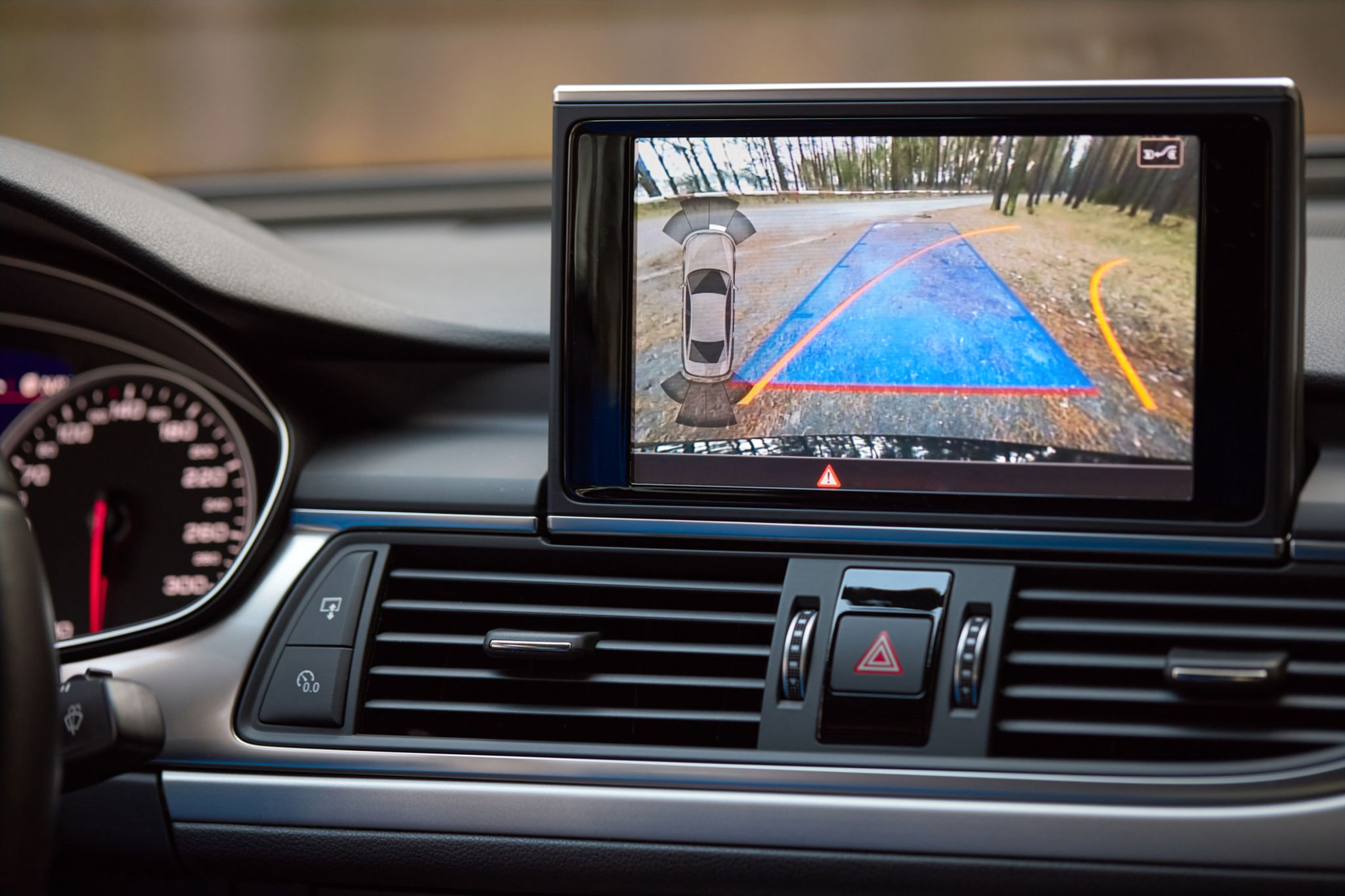Top 5 Questions About ADAS Calibration Answered by Experts
Understanding ADAS Calibration: The Basics
Advanced Driver Assistance Systems (ADAS) have become a staple in modern vehicles, enhancing safety and driving comfort. However, the effectiveness of these systems relies heavily on precise calibration. In this blog post, we will delve into the top five questions about ADAS calibration answered by experts in the field.

What is ADAS Calibration?
ADAS calibration is the process of aligning and adjusting the sensors and cameras that support the vehicle's advanced systems. These include lane departure warnings, adaptive cruise control, and parking assist, among others. Proper calibration ensures these systems function accurately and provide the intended safety benefits.
Why is Calibration Necessary?
Calibration is critical because even a minor misalignment can lead to incorrect readings or warnings, compromising the system's effectiveness. For example, if a camera or sensor is slightly off, it might not detect obstacles accurately, leading to potential safety hazards.

When Should ADAS Calibration Be Performed?
Experts recommend performing ADAS calibration in several situations:
- After replacing or repairing a windshield.
- Following a collision or significant impact.
- Whenever a sensor or camera is removed or replaced.
- If the vehicle's suspension is modified or adjusted.
Regular check-ups can also be beneficial to ensure ongoing accuracy and performance of the systems.
How is ADAS Calibration Conducted?
The calibration process varies depending on the vehicle make and model, but it generally involves two main types: static and dynamic calibration. Static calibration requires specialized equipment in a controlled environment, often using targets and patterns to align cameras and sensors. In contrast, dynamic calibration involves driving the vehicle under specific conditions to allow onboard systems to self-calibrate.

What Are the Costs Involved?
The cost of ADAS calibration can vary widely based on the vehicle type and the complexity of the systems involved. On average, calibration services can range from $150 to $600. While this might seem like a significant expense, it's crucial for maintaining vehicle safety and system functionality.
Can I Perform ADAS Calibration Myself?
While some car enthusiasts might be tempted to handle calibration themselves, experts strongly advise against it. The precision required for accurate calibration typically necessitates specialized tools and knowledge. It's best to leave this task to professionals who have the appropriate training and equipment to ensure everything functions as intended.
In conclusion, understanding and addressing ADAS calibration is essential for maintaining vehicle safety and performance. By knowing when and why to perform calibration, as well as relying on experts for this service, drivers can ensure their advanced systems operate flawlessly.